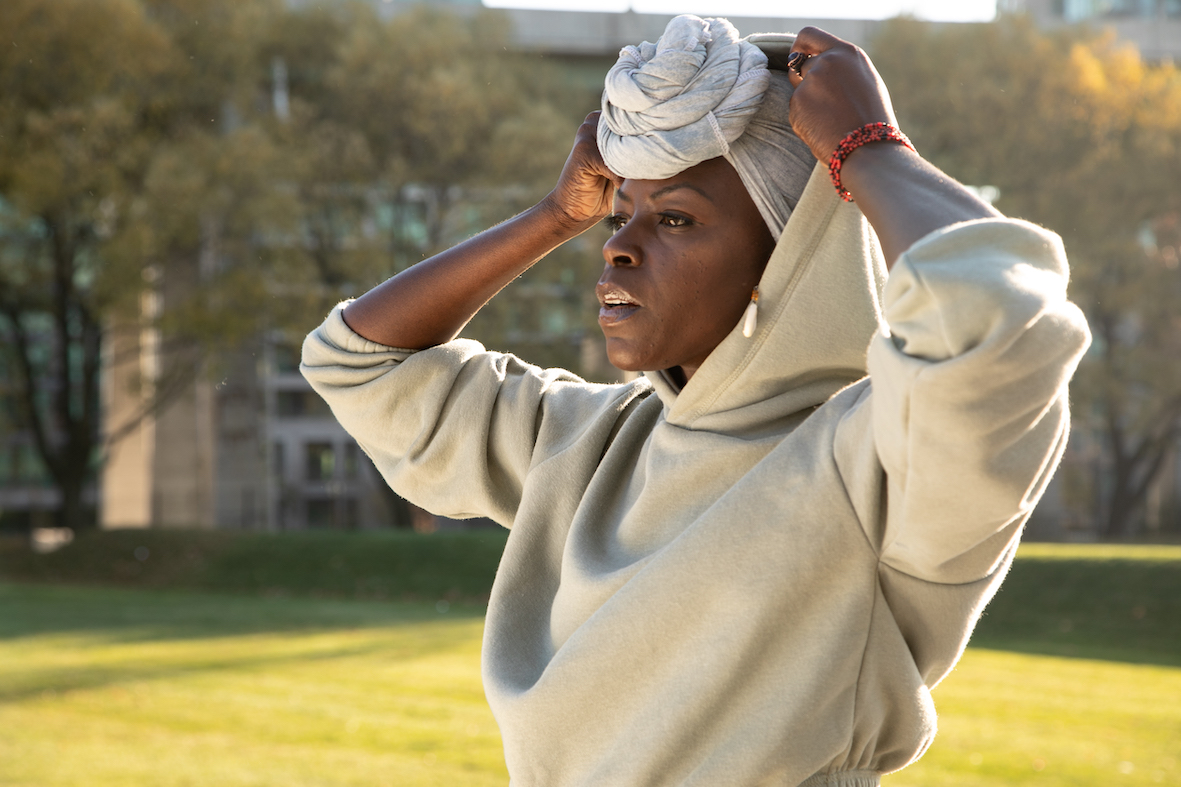
As the pandemic continues to put a pause on live in-person performances, Ottawa’s National Arts Centre (NAC) is giving dance artists from across Canada a platform in their new, digital video series entitled Capsule.
The project is a series of short films featuring Canadian dancers available free of charge on the NAC website from May 3 to Aug. 31. The series is presented in collaboration with two British Columbia-based organizations: the Festival of Recorded Movement, known as F-O-R-M, which is a showcase of the body in motion on film, and Dumb Instrument Dance, a non-profit society focused on contemporary dance.
While dancers face performance limitations, Capsule is a virtual festival in which their physical performance can take place online. All films showcased were created between March 2020 and March 2021, chronicling the first year of COVID-19’s global impact through dance.
“Capsule celebrates and supports the work of Canadian dance artists who have sustained their practice producing short films in the last year—a challenging yet generative capsule of time,” Cathy Levy, executive producer of NAC Dance, said in a press release.

Of 139 entries submitted by Canadian artists, 60 short dance films were chosen to comprise the Capsule video hub by a four-member selection committee of Canadian dancers including Angie Cheng, Karla Etienne, Brian Solomon and Tamar Tabori.
The roster presents a variety of films, each of which explores a range of styles and themes. Tabori, who curates youth programming at F-O-R-M, said the committee aimed to curate a program encompassing intersectional representation.
“Apart from the actual dance film itself, we were really looking at where people were coming from, the different dance styles that they’re bringing to the table, and how we can showcase these different things in harmony with each other,” Tabori said.
While merging numerous perspectives into a single hub, Tabori said the committee also wanted to convey overarching themes of resilience and authenticity.
“A lot of these works were born out of the pandemic,” she said. “These are difficult times, there’s a lot to talk about and there’s a lot going on in the world. Utilizing dance and film and bringing them together allows us as humans to talk about these things or rather look at these things in a different way.”
Due to its virtual nature, the voices and experiences Capsule brings together from Canadian dance artists can be accessed by an even wider audience than traditional dance performances.
Among the conversations sparked by the individual films presented in Capsule, the film A Revolution of Love, calls upon a modern society grappling with racism and violence to change dominant perceptions of revolution.
The film was choreographed by the Dora-nominated choreographer and movement director Esie Mensah in collaboration with co-directors Weyni Mengesha, Soulpepper Theatre artistic director, and Lucius Dechausay, a Canadian Screen Award-winning filmmaker. Filmed at Toronto’s Fort York National Historic Site, the four-minute short features 15 Black women dancing in tandem to Assata Shakur’s poem, Revolution is Love.
“When we think about the idea of revolution, we naturally sit into a thought of violence and that revolution has to come with bloodshed which was why Assata’s poem just struck me,” Mensah said. “I was like, ‘This is actually going to require us to rethink the very way that we’ve been programmed to think that [fighting] is the only way to draw solutions.’”
The film was first presented in the Toronto History Museums’ Awakenings program created to highlight works made by Black and Indigenous artists of colour in the winter of 2020.
At the time of its creation, Mensah said it was important to respond to the deaths of and racism against those within the Black community. She added that the combination of physicality and film allowed the space to explore the process of reform and healing through movement.
“For me, dance can release the trauma that we have trapped in our bodies … I think that’s how we will be able to see change,” Mensah said. “If we allow people to be able to experience dance in such a beautiful way.”
Featured image by Esie Mensah.





